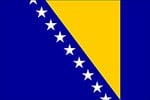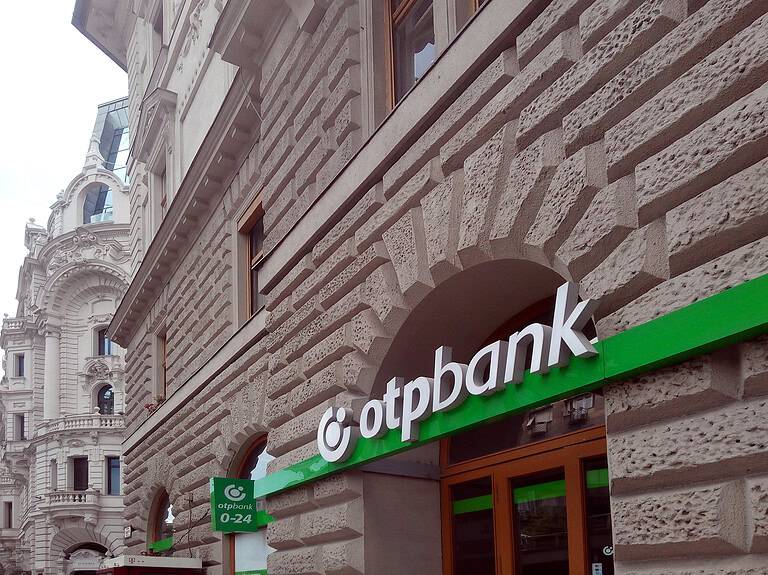Includes historical data for Bosnia and Herzegovina’s Gross Domestic Product growth, debt-to-GDP ratio and more, as well as information on trade, banking and financial sector leadership.
Economy Rich In Resources Faces Significant Challenges
Bosnia and Herzegovina is rich in natural resources, offering great potential in energy, metals, agriculture, timber and tourism. With competitive wages and a currency pegged to the euro, alongside its candidacy for EU membership and participation in various trade agreements, the former Yugoslav republic actively welcomes foreign investment.
However, this nation of about 3.5 million people faces significant challenges. A lack of transparency and complex legal and regulatory frameworks, coupled with insufficient public investments and limited export diversification, harm its investment environment. Additional weaknesses include a bloated public sector, a sizable informal economy, and a shortage of skilled labor.
Macroeconomy & Sovereign Data
| Type of Government | Parliamentary republic |
|---|---|
| Capital | Sarajevo |
| Sovereign Ratings |
S&P: B+ Moody’s: B3 Fitch: Not rated |
| Total Population | 3.5 million |
| Median Age | 45.1 |
| Adult Per Capita Income (PPP) | 23,249.81 |
| Total GDP (2023) | 29.1 billion |
Bosnia and Herzegovina GDP & Economic Overview
Most Recent Content
Banking & Finance
Trade & Investment
| Total Exports | USD 13.4 billion (2023) |
|---|---|
| Leading Exports |
Electricity Seating Insulated Wiring Lumber Furniture |
| Total Imports | USD 10.2 billion (2022) |
| Leading Imports |
Refined Petroleum Cars Packaged Medicines Coal Electricity |
| Source: | World Integrated Trade Solution |
Bosnia and Herzegovina Leading Companies
| Bosna Bank International | Financials |
|---|---|
| ASA Bank | Financials |
| BH Telecom | Telecommunications Services |
| BH Pošta | Transportation & Logistics |
| EnergyInvest | Utilities, Renewable Electricity |
| Neumarkt | Consumer Discretionary, Broadline Retail |
| Bosnalijek | Health Care, Pharmaceuticals |
Major Trade Partners — Import
| Italy | 12% |
|---|---|
| Germany | 12% |
| Serbia | 11% |
| Croatia | 9% |
| China | 8% |
Source: World Integrated Trade Solution
Major Trade Partners — Export
| Germany | 15% |
|---|---|
| Croatia | 13% |
| Serbia | 13% |
| Italy | 11% |
| Austria | 9% |
Source: World Integrated Trade Solution
Global Finance Rankings & Awards
Data Sources:
UN World Population Prospects
World Inequality Report
S&P Global Ratings
Moody’s
Fitch Ratings
IMF Direction of Trade Statistics (DOTS)
UN Conference on Trade and Development (UNCTAD)
CIA The World Factbook
World Bank’s World Integrated Trade Solution
Forbes Global 2000



